
Workforce training is crucial for biopharmaceutical manufacturing.

Workforce training is crucial for biopharmaceutical manufacturing.

The growing demand for antibody and other bio-therapeutics will require long-term scale-up solutions.
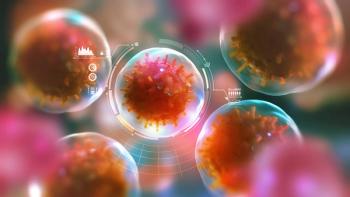
The use of bioengineering offers practical tools for the evolution of host cells.

The growing use of automation and digitalization technologies push cell culture bioprocessing forward.

Modeling techniques can improve process control and monitoring in biopharmaceutical production.

Upstream processing is better optimized with the help of automated workflows.

FUJIFILM Irvine Scientific’s new manufacturing facility in Tilburg, the Netherlands, is now fully operational.

Sartorius will invest approximately €270 million (US$305 million) to expand its biopharmaceutical manufacturing activities in South Korea’s biopharm hub.

Lonza is expanding its microbial development capabilities at its Visp, Switzerland, site to support clinical and commercial drug development programs.

The adoption of perfusion cell culture continues to advance with the help of PAT tools.

Large-scale single-use bioreactors prove successful as limits are tested.

SUB bioreactor performance has had seen its limits and successes.

CPC’s MicroCNX Series Connectors provide an alternative to tube welding at small tubing sizes.
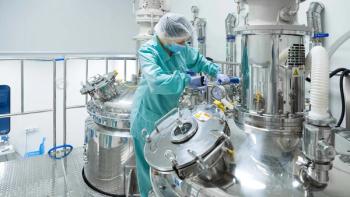
Advancements in bioprocessing technologies test microbial fermentation adaptability.

BlackBerry’s QNX real-time operating system may create cybersecurity vulnerabilities, according to FDA.

The acquisition of Intermountain Life Sciences will double Cytiva’s capacity for buffers and liquid cell culture media at its manufacturing site in Logan, Utah.

Cell-free expression is promising in preclinical applications, but still presents challenges to scale up for commercial production.
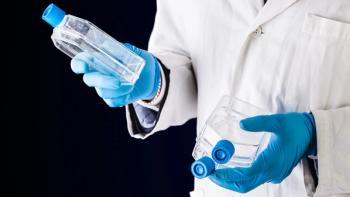
Demand for recombinant microorganism-based cell culture supplements is rising on the back of lower contamination risk.
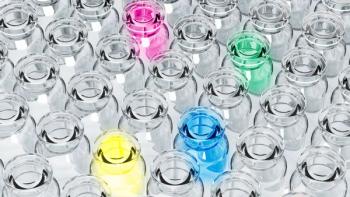
Biopharmaceutical companies and contract manufacturers respond to changing demand dynamics for upstream bioprocessing capacity.
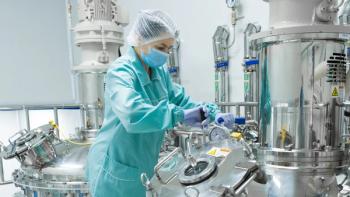
The innovation of single-use technologies is applicable early on in the manufacturing process.
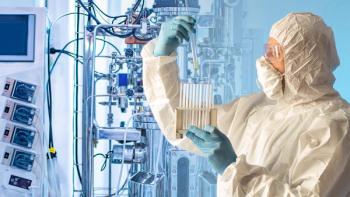
Overcoming time and cost constraints can help enable seed train intensification efforts to maximize product yield.

Establishing an automated inline dilution system can potentially ease bottlenecking delays resulting from higher upstream yields.
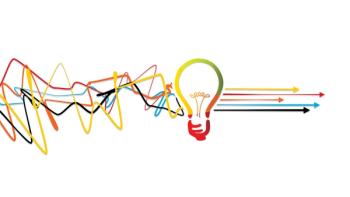
PAT advances are enabling improved process understanding, process control, and error prevention.

An innovation such as synthetic biology can develop a consistently stable starting cell line for cell therapy source material.
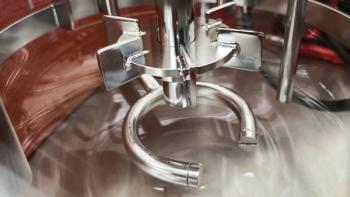
Bioreactor technology advances can offer seamless manufacturing scale-up and can reduce the timeline and cost of biologics production.